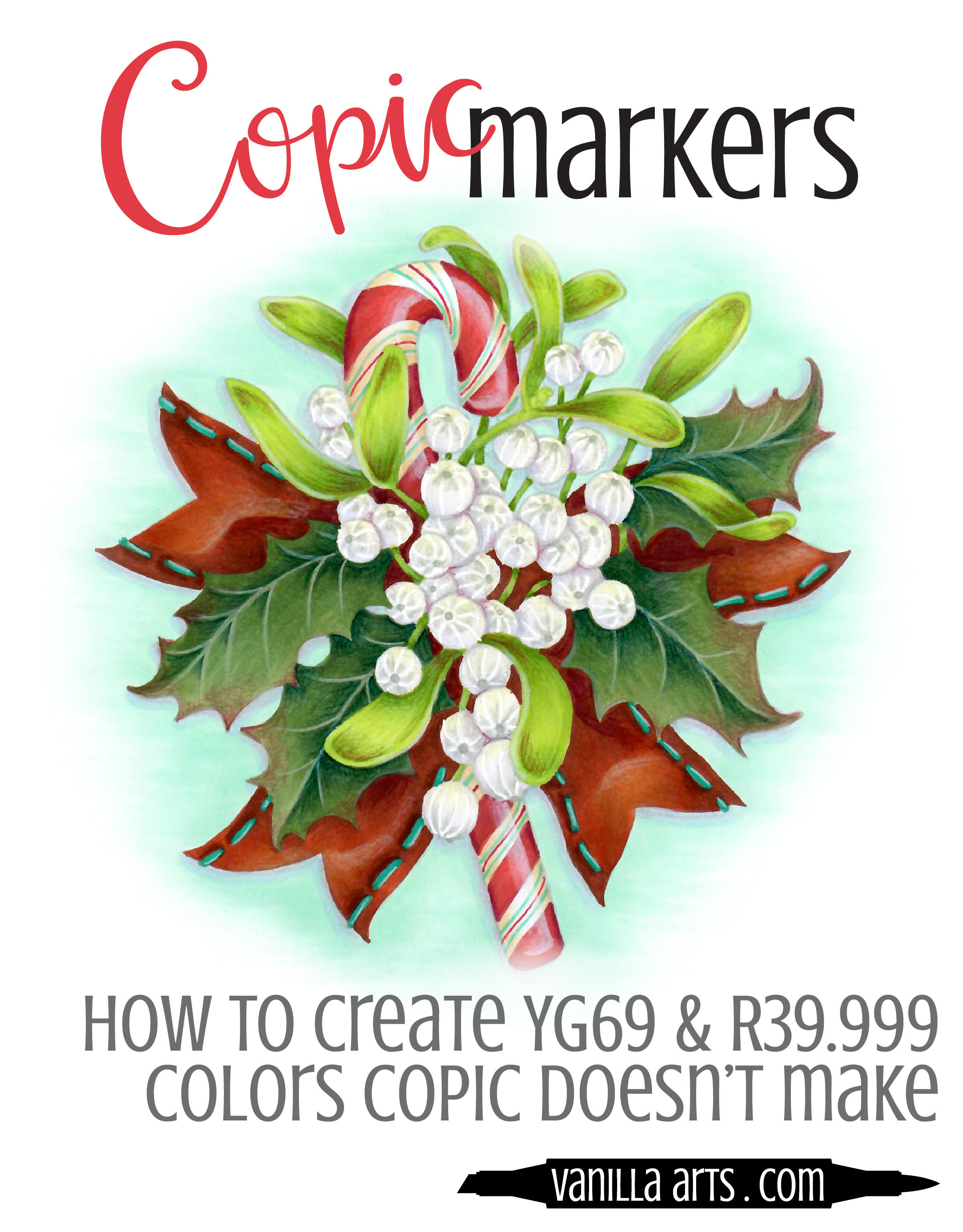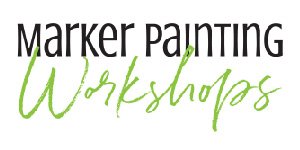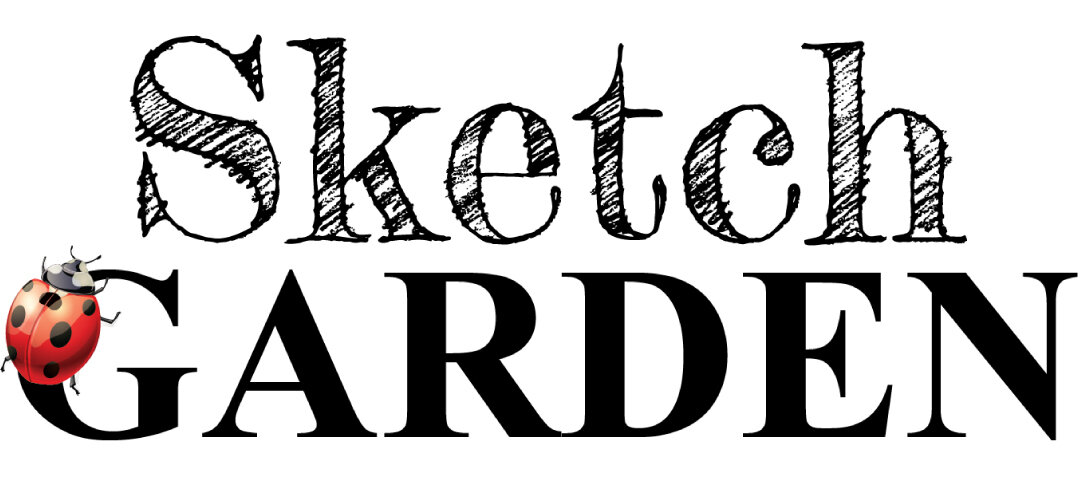Blending trios stink for pink!
Deep down you know I'm right.
We've all been there. We want to color something pink and according to all the Copic laws, we're supposed to select three pink markers in a row.
Which leaves you sitting there with one or two red markers.
To color something pink?
Yep, and it all goes downhill from there.
Stop shading with red markers!
And ditch the hot pink markers too.
Want to know why your pink coloring always looks nice but totally fake? It's because you're using a BLENDING combination instead of a SHADING combination.
They're not the same thing, no matter how many people use the terms interchangeably.
Let's try to color pink bunny slippers...
...using the standard Copic rules.
The R20s are a popular Copic Blending Trio and the lighter end of that set feels very pink.
But if we use the +2 method, we end up with R24 which next to R20 looks downright red. I don't see any red in that bunny slipper photo!
Instead, let's try some RVs. RV11 might work but look at where that run of color leads us. I don't see any pinkish-purple in our bunny slipper photo either.
So then you fall back to the standard Copic Cop-out.
Yes, the Copic Cop-out.
When you can't shade something accurately, you step all the way down to the zeros and color the slippers super pale.
Because at least they're still pink then, right?
So basically, the Copic rules are saying that we can never color anything medium pink.
Nope, you have two choices in Copic-land: you can either shade with an inappropriately dark red or magenta OR you can make everything washed out and barely pink.
But the world is full of medium pink!
And rose, blush, salmon, coral, amaranth, flamingo, and tons of other glorious middle range warm rosy colors.
Look, the problem isn't with Copics markers, the problem is with Copic Blending Trios.
You've locked yourself into a world of coloring by the numbers, using mathematics when you should be using your eyes.
You're also trying to squeeze realism and realistic depth out of a marker rule that wasn't designed to generate realistic color.
That Copic "shading" technique? It's a shortcut for quick and easy coloring projects.
Artists do not do this weird shading thing that Copic experts teach. Artists don't purchase or mix paint, pencils, or pastels using "+2" or "+10 +2" rules. In four and a half years of art school and decades as an illustrator, I've never taken a class or read a method where you step-up in color to simulate a step-back in depth. This Copic shading stuff simply doesn't work for realism.
And Copic's pink problem makes that crystal clear.
“Rose All Day”
Is an instant download from PowerPoppy.com; just print it to a Copic safe paper and color along with me!
Lesson: Color Sculpting technique for realism, focus on pink and light red objects.
Stamp: ‘Rose All Day’ by Power Poppy
Medium: Copic Marker and Prismacolor Premier Pencils
Skill Level: Intermediate through advanced colorers. Once you can blend Copics smoothly with confidence, you're ready to join us! No drawing skills necessary.




























